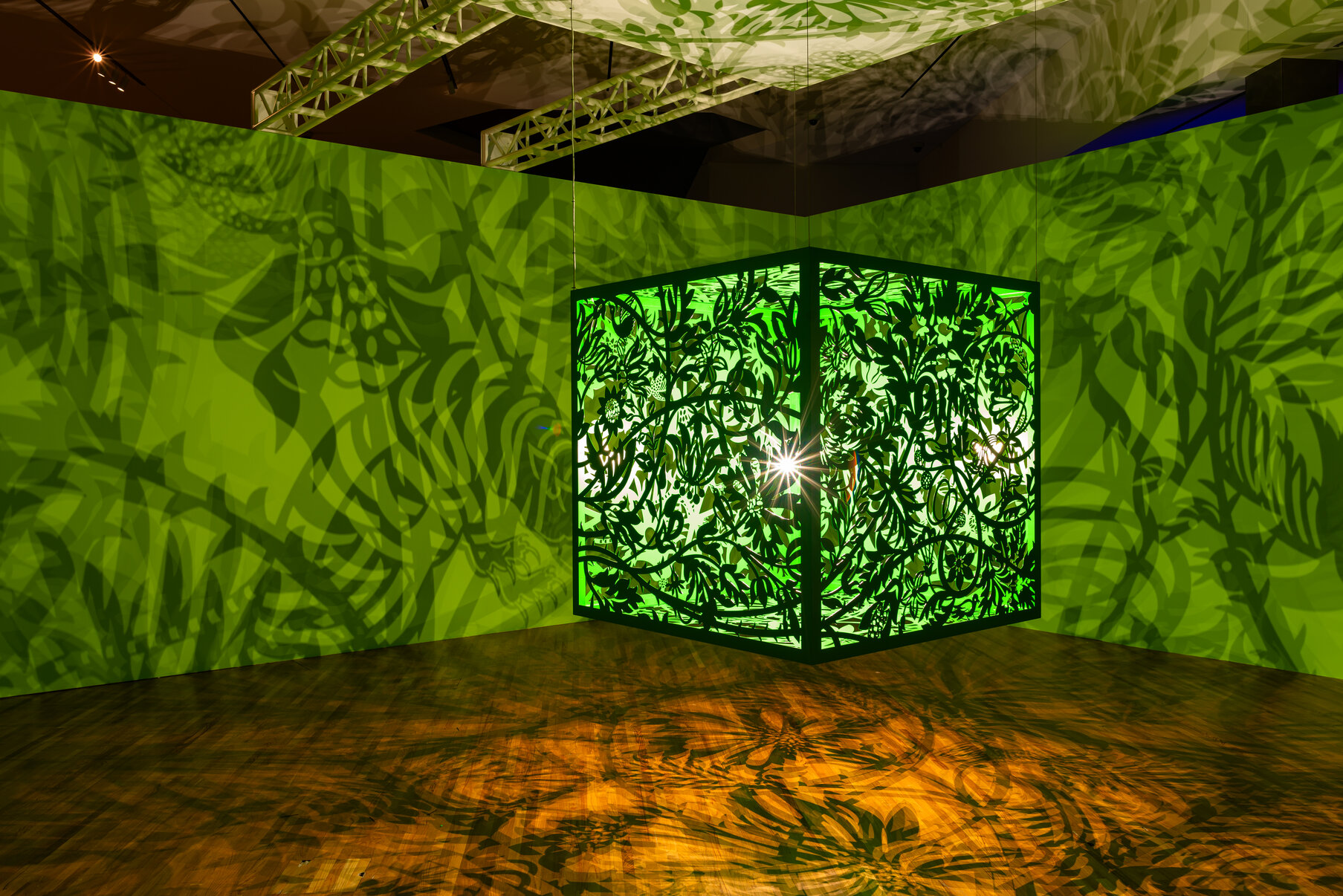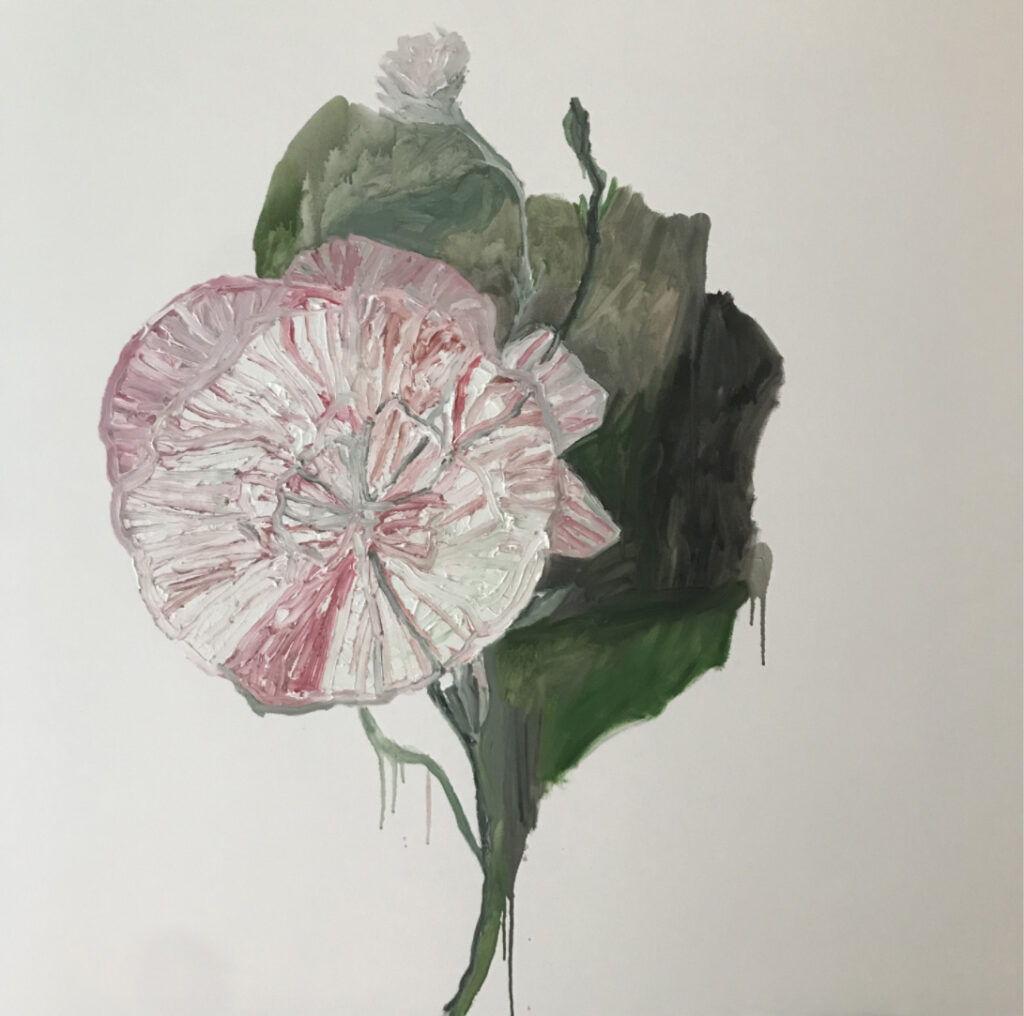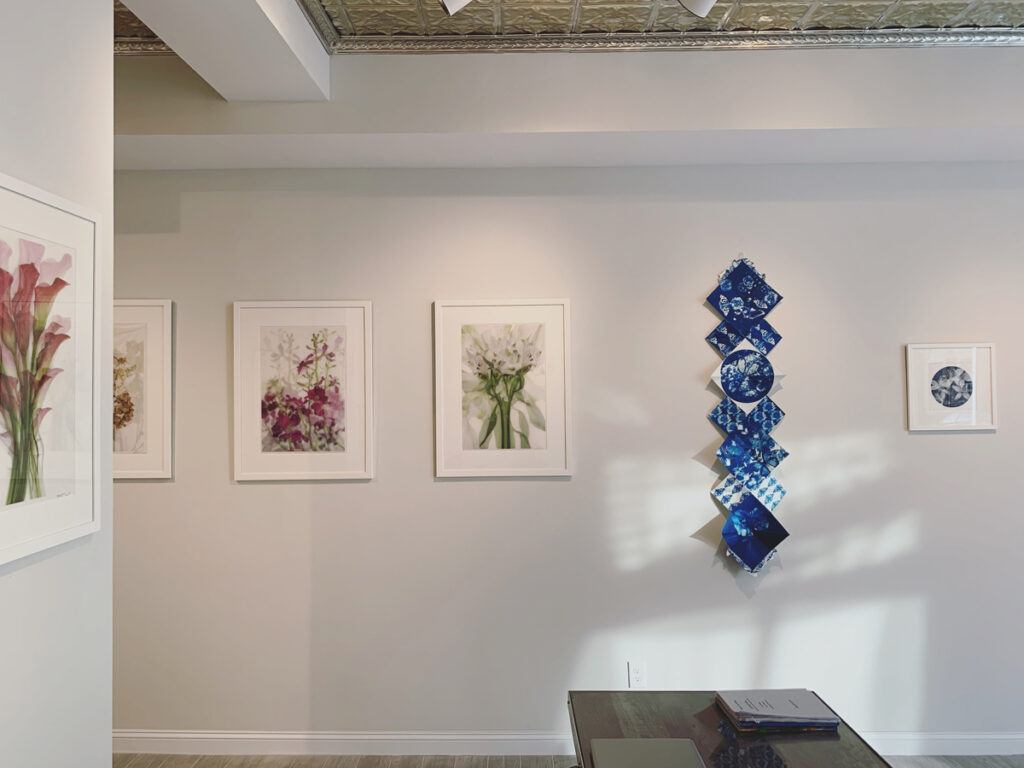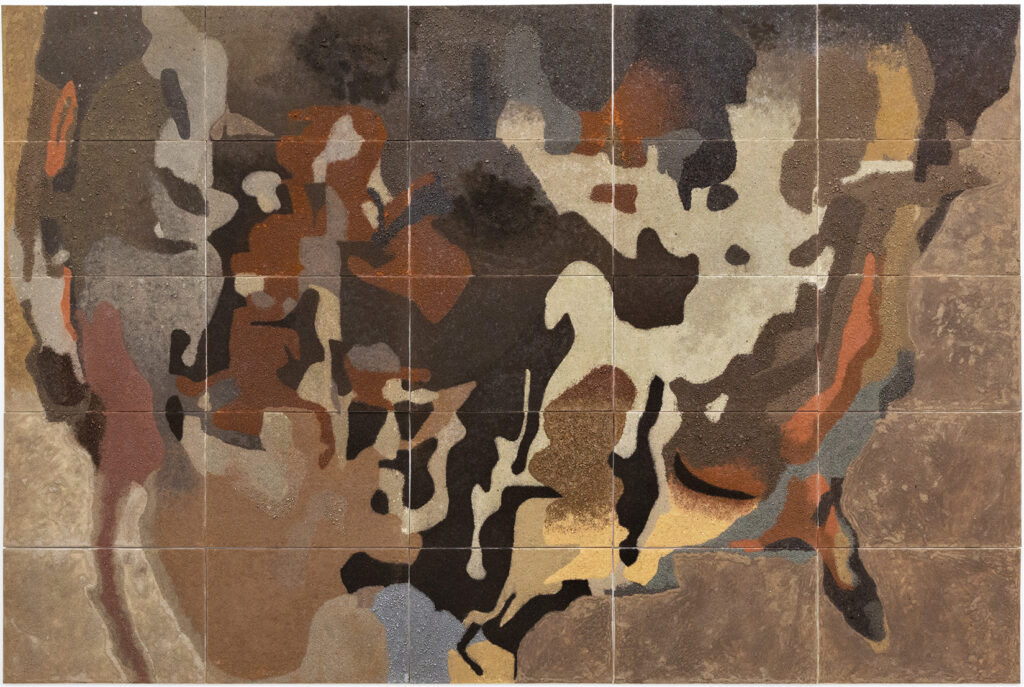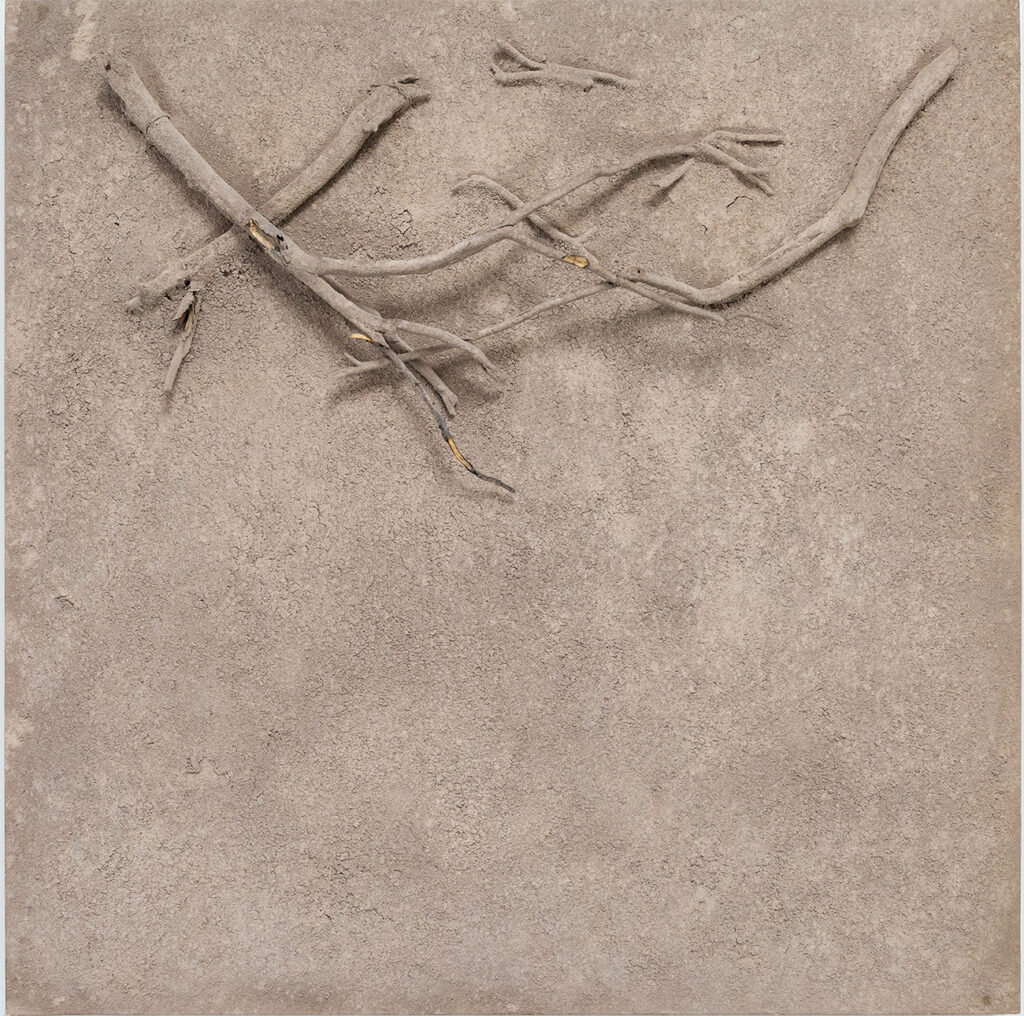by Carol Bruns
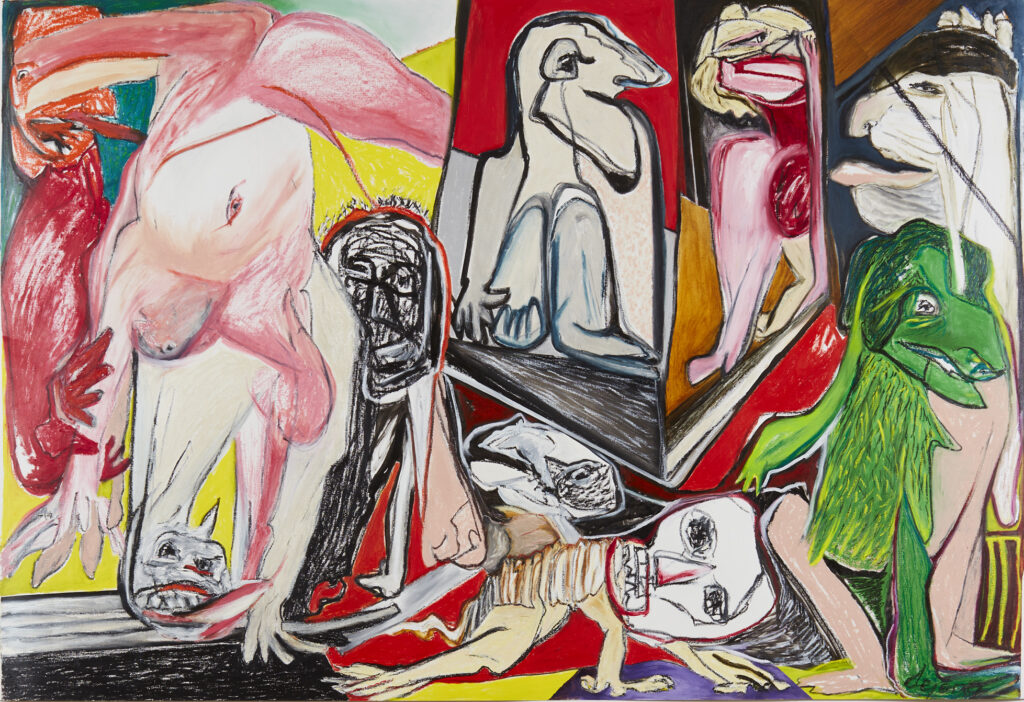
Our culture is permeated with violence. By media or in person we regularly experience violent economics, massacres of children in schools with automatic weapons, relentless assaults on the natural environment, widespread domestic violence, and even violent car driving, movies, games and songs. In an Itchy and Scratchy cartoon the character Tarantino remarks, “It’s even in breakfast cereals” and we guiltily laugh along with children at their absurd and extreme ferocious capers. It seems we’re wired onto its electric horror and excitement, while its production of suffering in real life is staggering and immeasurable, leaving no one unharmed, usually the direct result of policy choices.
Continue reading “Jacqueline de Jong and Violence at the Border-Line”